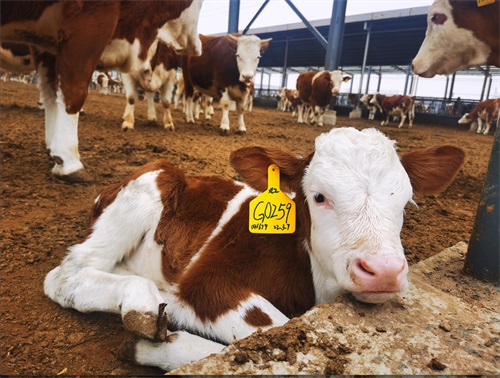In the workflow of the dairy farm, it is important to observe whether the cows are in heat again within 18-25 days after mating. If the cow is not in heat, it indicates a 60-70% chance of conception. Don't think that not having a partner for 18-25 days after mating is necessarily a sign of conception. Sometimes there is no partner at all, and sometimes there may be a hidden miscarriage if there is a partner Fortunately, after 3 months of mating, please ask relevant technical personnel to perform rectal examination or B-ultrasound examination on the cow to determine whether it is truly pregnant. In addition, relevant personnel should be asked to conduct another B-ultrasound examination of the cow before drying milk to avoid empty breasts and milk stoppage. Breeders also need to observe carefully in order to have a clear understanding. After a cow becomes pregnant, its temperament becomes quiet and gentle, its appetite increases, its fat condition improves, and its capillaries shine. Careful caretakers will notice these changes. As the fetus grows, the abdominal circumference gradually thickens at 5 months, the right abdomen protrudes, and the cow moves slowly. After 3 months of primiparous cattle, the breasts gradually increase, and after 5 months of primiparous cattle and 7 months of multiparous cattle, the labia gradually swell. After 7 months of pregnancy, there is fetal movement in the right lower abdominal wall and fetal heart sounds can be heard. Of course, it is better to use bovine ultrasound observation in the later stages of pregnancy.
Within 12 hours after giving birth, cows in the dairy farm should pay attention to their condition to prevent any fetuses or uterine prolapse in their abdomen. Postpartum cows should have their placenta and lochia removed. Dairy farmers should pay attention to observing the removal of placenta and lochia, and use ultrasound to observe the condition of their uterus. Do not dispose of the placenta in a timely manner within 12 hours to prevent toxins from affecting the reproductive system of cows, which may result in prolonged retention of the placenta in the reproductive system or incomplete elimination, leading to adverse effects on life.









